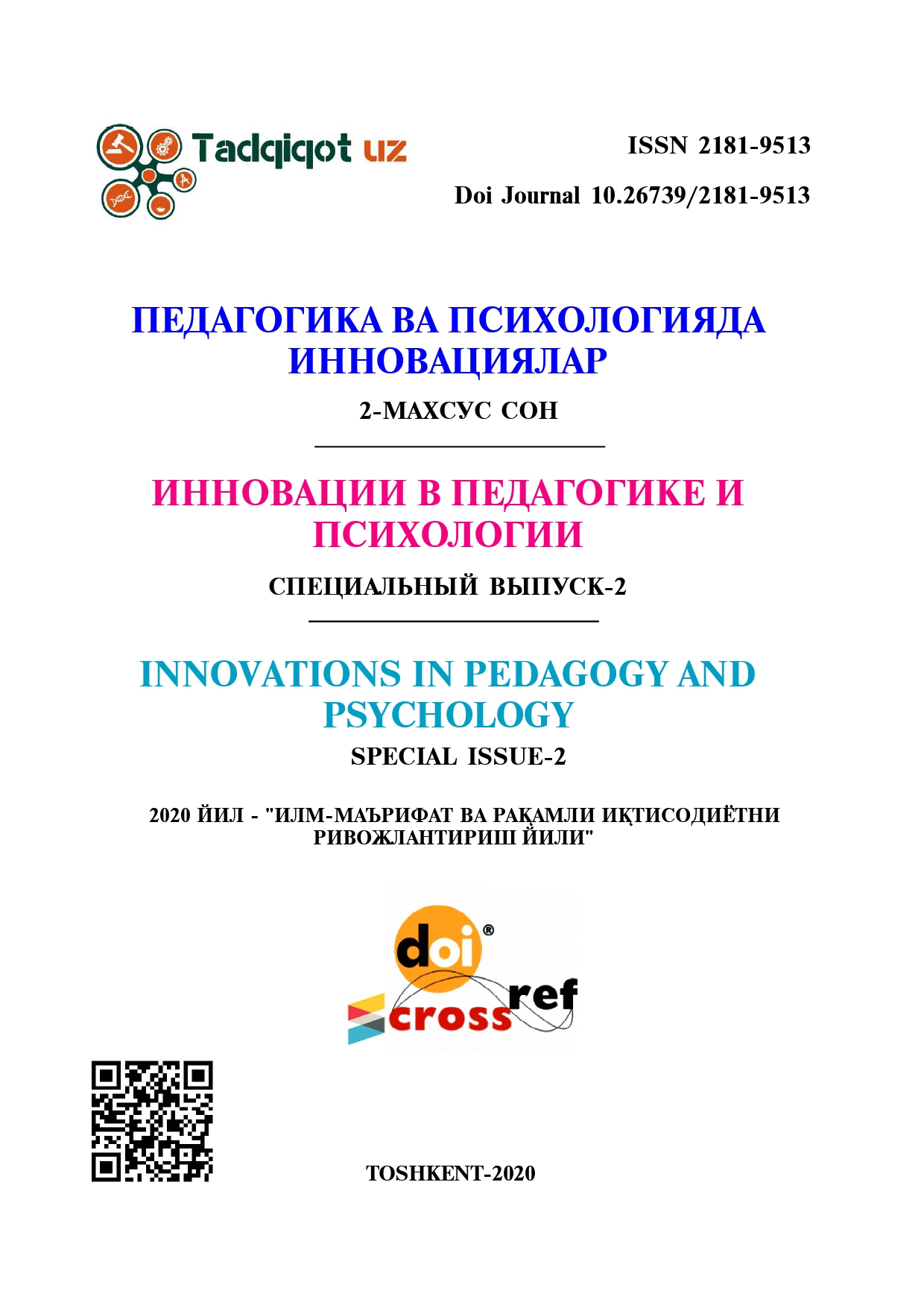ТЕОРЕТИЧЕСКИЕ ОСНОВЫ КРЕАТИВНОГО ОБУЧЕНИЯ ИНОСТРАННЫМ ЯЗЫКАМ В НЕЯЗЫКОВОМ ВУЗЕ
Ключевые слова:
креативный метод, креативный прием, функции обучения, неязыковой вуз, креативное мышление, коммуникативная компетенция, моти¬вация в обученииАннотация
Концепцией данной статьи является разработка автором методической основы метода креативного обучения иностранным языкам в неязыковом вузе. Автор интерпретирует преимущество предлагаемого им подхода и его важность в методике обучения иностранным языкам, предлагая детальный анализ содержания креативного обучения и функционирования его методических компонентов. В статье дается подробный методический и психологический анализ креативности обучения иностранному языку в неязыковом вузе, включая методические и психолого-педагогические функции и приемы обучения в рамках предлагаемого метода обучения.
Библиографические ссылки
Bukovsky S.L. Creative nature of teaching oral speech professional communication in classes in a foreign language in a non-philological institutions (economic profile)//Bulletin of the University of the Russian Academy of education. 2011. No. 4.
Gasparyan E.B. Development of key competencies for students of non-philological institutions in the framework of teaching a foreign (English) language//Teaching foreign languages: from professionalization to professionalism: Materials of the scientific and methodological interuniversity seminar on November 11, 2009, Moscow, 2010. p. 88.
De Bono E. Lateral thinking. Saint Petersburg, 1997 (series “Master of psychology”).
Kipnis M. Train intelligence, effective communication styles and creative behavior. 60 best games and exercises for the development of creative thinking. Moscow; Saint Petersburg, 2009.
Pichkova L.S. Concept of forming professionally significant competencies in a non-philological institutions//Teaching foreign languages: from professionalization to professionalism: Materials of the scientific and methodological interuniversity seminar on November 11, 2009, Moscow, 2010. p. 56-57.
[Electronic resource]: Nazarbayev N. A. Annual Presidential Address of the Republic of Kazakhstan, Leader of the Nation, N. Nazarbayev “Strategy Kazakhstan-2050”. URL: www.akorda.kz/ (date of access: 22.11.2016).
McCarthy B. (1999) "Integration: the sine qua non of CALL", CALL-EJ online 1, 2 September 1999.
[Electronic resource]: “Information and communications technology for language teaching”. URL: http://www.ict4lt.org/en/index.htm/ (date of access: 22.11.2016).
Davies G. (1997) "Lessons from the past, lessons for the future: 20 years of CALL". In Korsvold A-K. & Rüschoff B. (eds.) New technologies in language learning and teaching, Strasbourg: Council of Europe. [Electronic resource]: Also on the Web in a revised edition (2009) at. URL: http://www.camsoftpartners.co.uk/coegdd1.htm/ (date of access: 22.11.2016).
Ashvini Joshi. Multimedia: A Technique in Teaching Process in the Classrooms, Current World Environment. Vol. 7 (1). P. 33-36, 2012.
Mullamaa K. (2010). ICT in language learning – benefits and methodological implications. International Education Studies, № 3 (1). P. 38-44.
Shayeshteh Hashemyolia, Ahmad Fauzi Mohd Ayub, Zahra Moharrer. The Effectiveness of Multimedia Language Courseware on Secondary School Students’ Motivation for learning English, Mediterranean Journal of Social Sciences. Vol. 6. № 6. p. 4, 2015.

